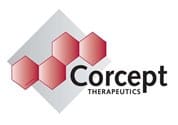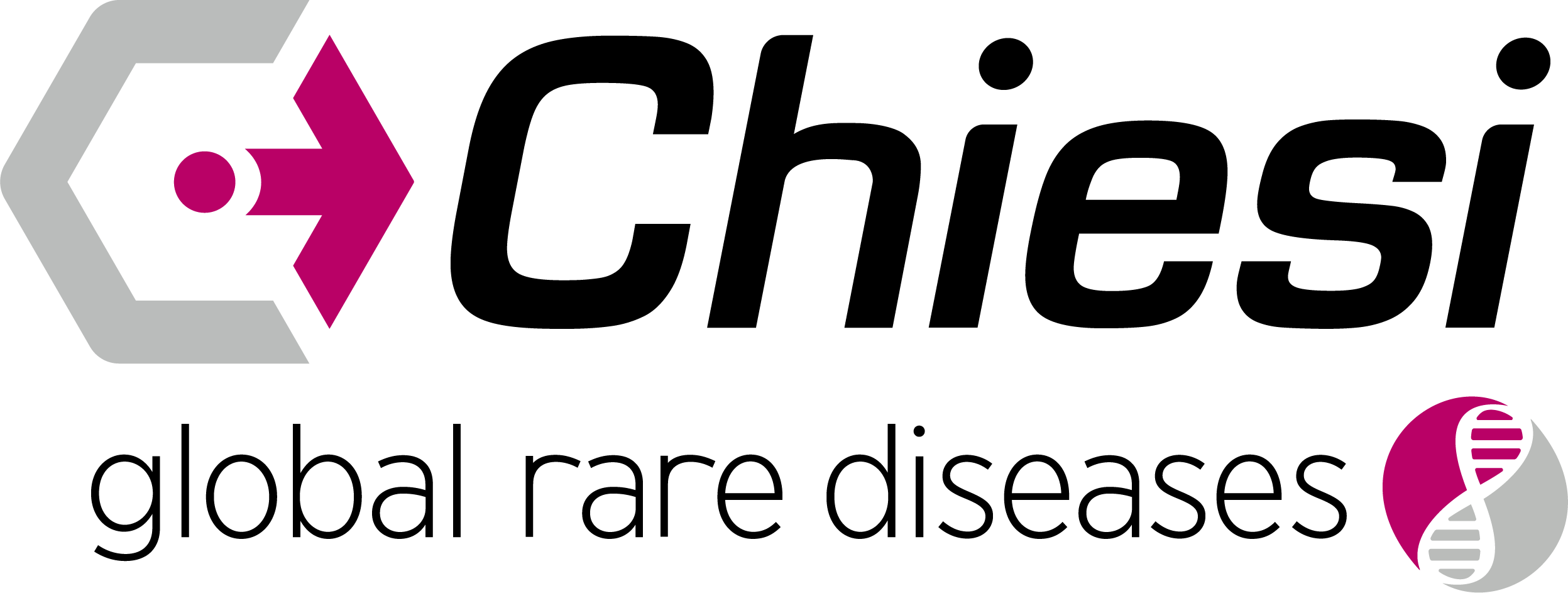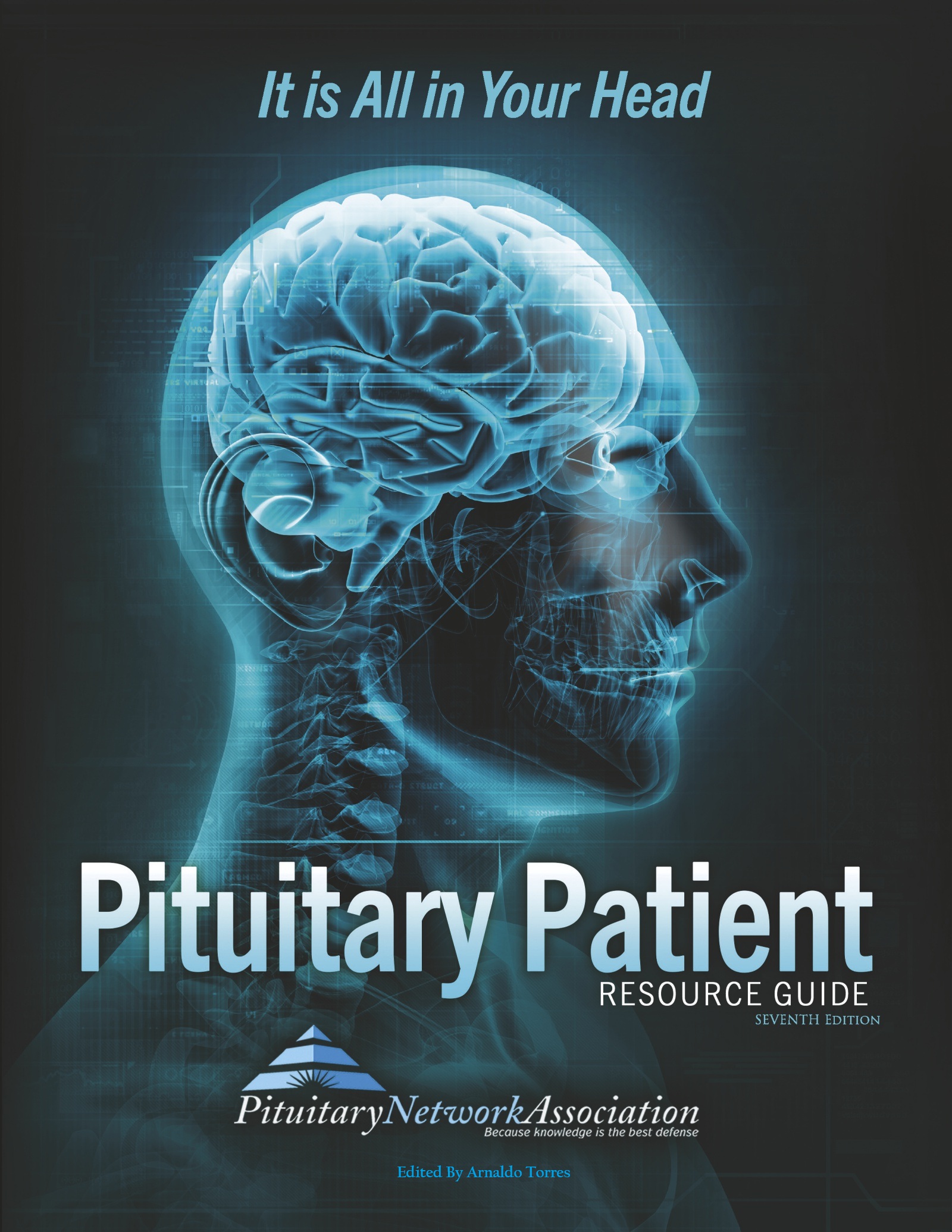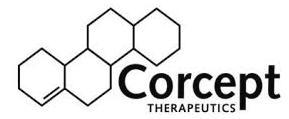News Articles February 2022
Written on 04 February 2022.
Remission
The disappearance of symptoms; the disappearance of the tumor.
A decrease in or disappearance of signs and symptoms of a tumor or cancer. In partial remission, some, but not all, signs and symptoms have disappeared. In complete remission, all signs and symptoms have disappeared, although still may be present in the body.
Resection
Surgical removal of a tumor or organ.
A procedure that uses surgery to remove tissue or part or all of an organ.
Residual
Remaining tumor.
Tumor cells that remain after attempts to remove the tumor have been made.
Respiration
Breathing. To inhale and exhale
The words “respiratory” and “respiration” refer to the lungs and breathing, or the movement of respiratory gases, oxygen and carbon dioxide, into and out of the lungs; or a single complete act of breathing.
The physical and chemical processes by which an organism supplies its cells and tissues with the oxygen necessary for metabolism and removes the carbon dioxide formed in energy-producing reactions.
RGH
Recombinant growth hormone, somatropin.
Often referred to as hGH or human Growth Hormone. Used to treat growth hormone deficiency and short stature.
RIA
Radioimmunoassay
Quantitative chemical test based on displacement of radioligand from antigen-antibody complex.
Seizure
Convulsions. Epilepsy.
Seizures are caused by temporary disruption in electrical activity of the brain.
Sella Turcica
Bony structure at the base of the skull in which the pituitary gland rests.
A depression in the middle line of the upper surface of the sphenoid bone in which the pituitary gland is lodged.
Skinfold Thickness
A non-invasive measurement made with calipers from which the percentage body fat can be estimated.
A non-invasive measurement made with calipers from which the percentage body fat can be estimated.
Spasticity
Increased involuntary muscle contraction (the opposite of hypotonicity).
Spasticity is a condition in which certain muscles are continuously contracted. This contraction causes stiffness or tightness of the muscles and may interfere with movement, speech, and manner of walking. Spasticity is usually caused by damage to the portion of the brain or spinal cord that controls voluntary movement. It may occur in association with spinal cord injury, multiple sclerosis, cerebral palsy, damage to the brain because of lack of oxygen, brain trauma, severe head injury, and metabolic diseases such as adrenoleukodystrophy, amyotrophic lateral sclerosis (Lou Gehrig’s disease), and phenylketonuria. Symptoms may include hypertonicity (increased muscle tone), clonus (a series of rapid muscle contractions), exaggerated deep tendon reflexes, muscle spasms, scissoring (involuntary crossing of the legs), and fixed joints. The degree of spasticity varies from mild muscle stiffness to severe, painful, and uncontrollable muscle spasms. Spasticity can interfere with rehabilitation in patients with certain disorders, and often interferes with daily activities.
Treatment for spasticity may include such medications as baclofen, diazepam, tizanidine or clonazepam. Physical therapy regimens may include muscle stretching and range of motion exercises to help prevent shrinkage or shortening of muscles and to reduce the severity of symptoms. Surgery may be recommended for tendon release or to sever the nerve-muscle pathway.
Available Now!
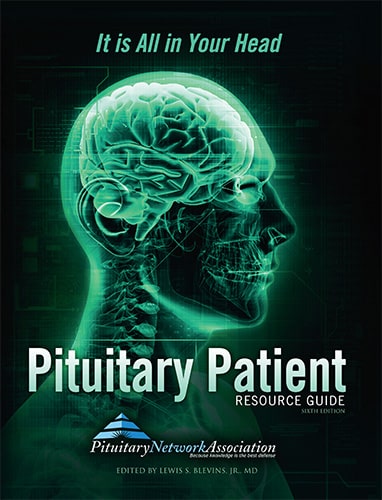
The Pituitary Patient Resource Guide Sixth Edition is now available! Be one of the first to have the most up-to-date information. The Pituitary Patient Resource Guide a one of a kind publication intended as an invaluable source of information not only for patients but also their families, physicians, and all health care providers. It contains information on symptoms, proper testing, how to get a diagnosis, and the treatment options that are available. It also includes Pituitary Network Association's patient resource listings for expert medical care.

Xeris Pharmaceuticals is valued member of the PNA



